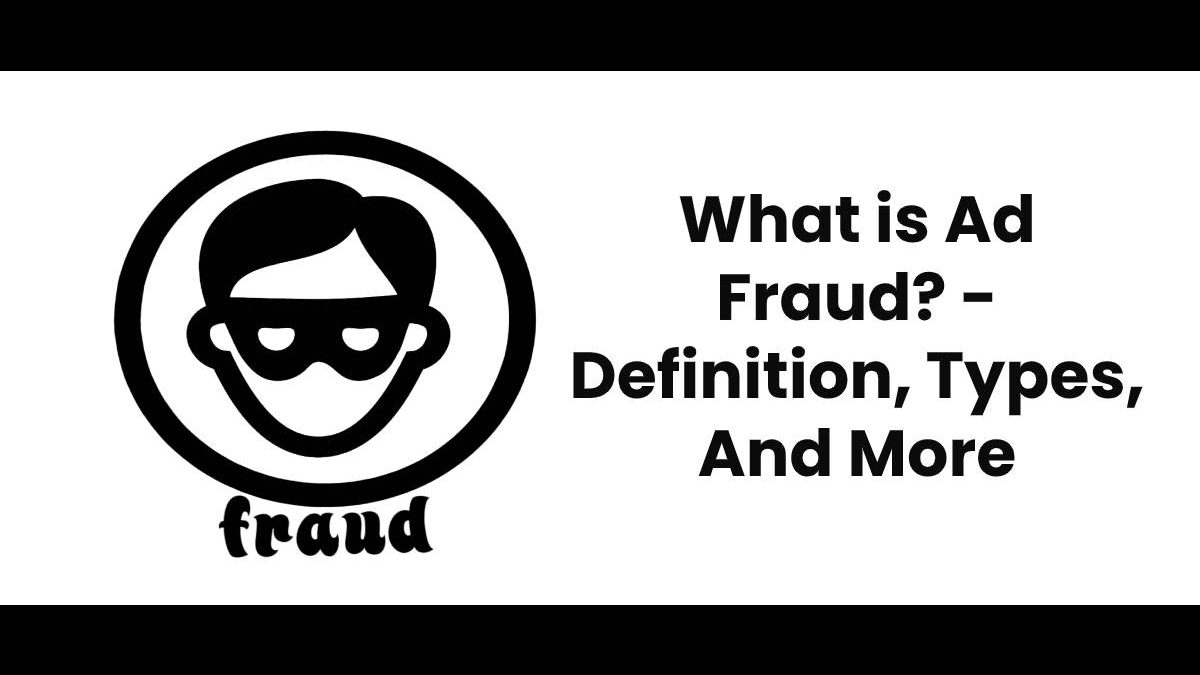Table of Contents
Definition Ad Fraud
Advertising fraud involves the practice of creating false impressions, clicks, and conversions to steal the digital budgets of the brands that paid for the advertising space. It is a common tactic of cybercriminals as it is much easier and also scalable to carry out compared to the practices of data hijacking and other cyber attacks.
It is not a minor problem
According to the Bot Baseline 2018-2019 report, published by White Ops and the Association of National Advertisers (Spanish Association of National Advertisers), in 2019, losses due to advertising fraud in all the world will reach 5.8 billion dollars.
Types of Ad Fraud
If ad fraud is a category of crime, there are a whole host of specific tactics that criminals can use to execute their plans. Those tactics range from counterfeiting impressions and also clicks to counterfeiting sites. And applications to take advantage of others’ popular brands. Look in any high profile message board, and also you will find examples of click farms, where criminals use a variety of devices (often phones or tablets) to upload and click on the ads they have organized to generate income for them. Fake impressions and clicks have an impact on other metrics too, creating attribution fraud, setup fraud, form fill fraud, and also may even make brands spend more money trying to remarket with fake users.
All this comes down to invalid traffic, for actual advertising. People who pay for ads don’t want those impressions and clicks (they won’t become customers).
Although these types of fraud may seem very different, they come from the same source.
Bots controlled by cybercriminals
Bots are computer programs that allow you to perform repetitive tasks over the Internet. And since they can perform tasks much faster than humans, criminals should use them whenever possible. The most sophisticated cybercriminals will deploy hundreds or thousands of bots to create a botnet. Executing those malicious tasks on a scale difficult to imagine.
What’s worse, those criminals have now resorted to using their own devices against them. If they can enter any malicious code on your phone or computer. Often through an application that you don’t realize is being run by criminals. Now your device is part of their botnet.
Tactics like these are what led 3ve to be one of the largest botnets ever dismantled. White Ops played the lead role in the discovery of 3ve, as well as in the dismantling of the operation. White Ops was also fully involved in the decommissioning of Methbot. Which was diverting millions of dollars a day from advertisers.

